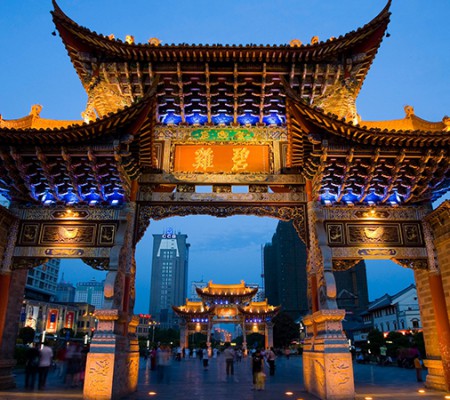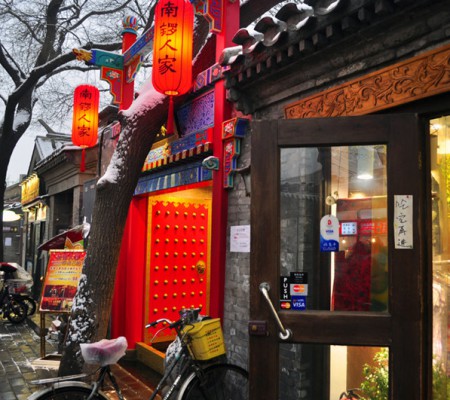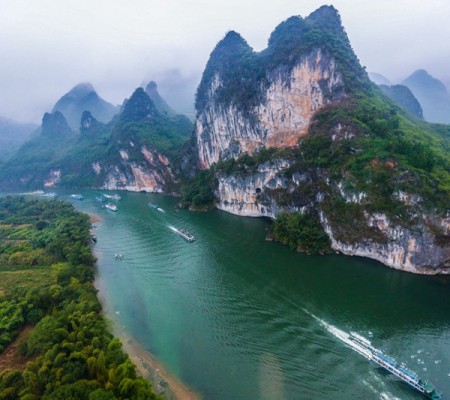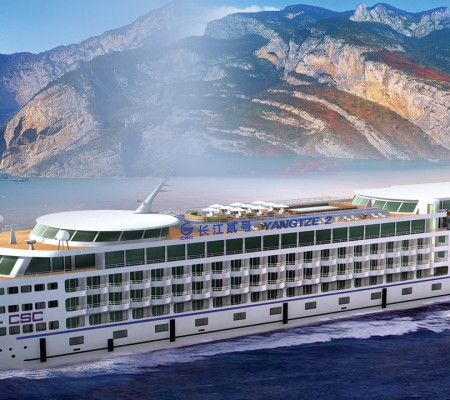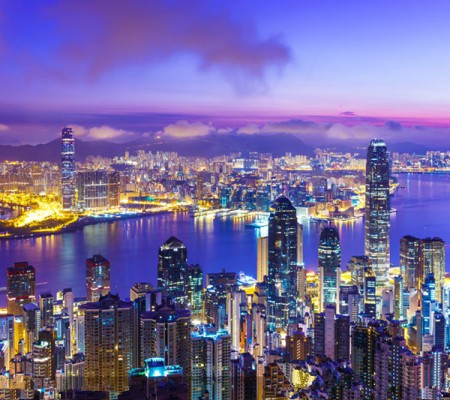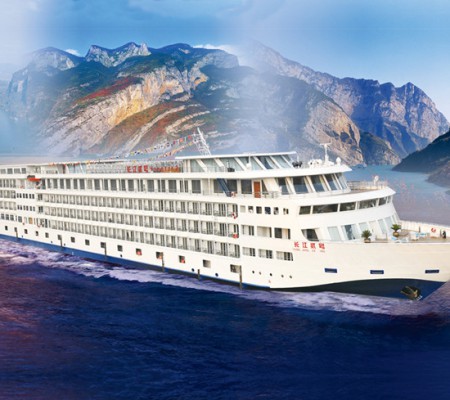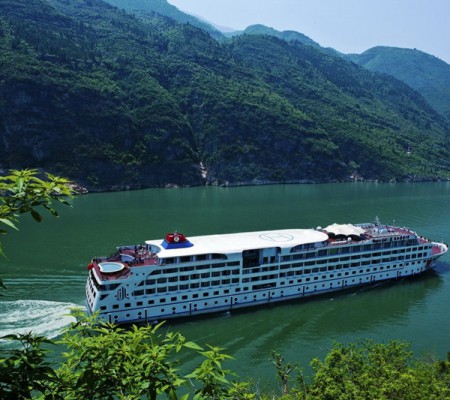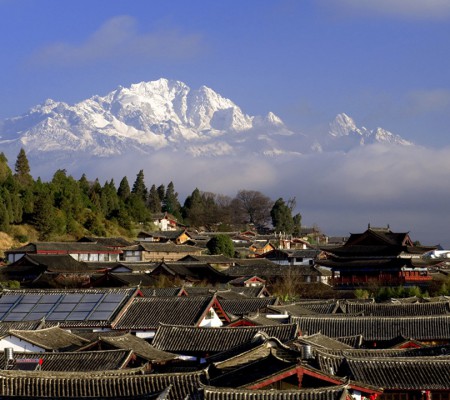Melbourne
Melbourne Overview
Chinese Name: English IPA: Location: Population (city): Language: Zip code: Tel code: Time zone:
Where is Melbourne?
Melbourne is located in the southeastern part of Australia, within the state of Victoria. It is the second-largest city in Australia and serves as a cultural and economic hub.
Location
- Geographical Coordinates: Approximately 37.8136° S latitude and 144.9631° E longitude.
- Surrounding Geography: Melbourne is situated on the northern shore of Port Phillip Bay and is surrounded by several natural features, including rivers and national parks.
Neighboring Regions
Melbourne is bordered by:
- Victoria: The entire state of Victoria.
- New South Wales: Located to the north, approximately 800 km away.
- Tasmania: Across the Bass Strait to the south.
How Far from Melbourne to China?
The distance from Melbourne to major cities in China varies, which affects travel time and flight options.
Approximate Distances
- Melbourne to Beijing: ~10,000 km (6,213 miles)
- Melbourne to Shanghai: ~8,500 km (5,282 miles)
- Melbourne to Hong Kong: ~7,300 km (4,569 miles)
- Melbourne to Guangzhou: ~8,900 km (5,528 miles)
- Melbourne to Kunming: ~8,800 km (5,468 miles)
- Melbourne to Chengdu: ~8,700 km (5,404 miles)
Flight Durations
Direct flights generally take around 10 to 12 hours, while connecting flights can take longer depending on layover times.
How to Take Flights from Melbourne to China
Direct Flights
- Airlines: Airlines such as Qantas, China Eastern Airlines, and Cathay Pacific offer direct flights from Melbourne to major Chinese cities.
Connecting Flights
- Common Hubs: Look for connecting flights through major international airports like:
- Sydney (SYD)
- Brisbane (BNE)
- Singapore (SIN)
- Hong Kong (HKG)
Changing Optional Flights
- Airline Policies: Review the change policies at the time of booking. Many airlines allow changes with varying fees depending on fare class.
- Online Management: Most airlines provide online tools to manage your bookings, making it easier to change flights.
Which International Airports in Melbourne to Fly to China?
- Melbourne Airport (MEL): Also known as Tullamarine Airport, it is the primary international airport serving Melbourne and is located about 23 km from the city center.
Airport Facilities
- Lounges: Various airline lounges and facilities for international travelers.
- Transportation: Easily accessible via public transport, taxis, and ride-sharing services.
Which International Airport in China to Arrive?
Upon arriving in China, you can choose from several major international airports based on your destination:
Key Airports
- Beijing Capital International Airport (PEK): Main airport for northern China, about 32 km from downtown Beijing.
- Shanghai Pudong International Airport (PVG): Major hub for eastern China, approximately 30 km from central Shanghai.
- Hong Kong International Airport (HKG): Important gateway for international flights, located about 34 km from Hong Kong’s city center.
- Guangzhou Baiyun International Airport (CAN): Serves southern regions of China, roughly 28 km from Guangzhou city center.
- Kunming Changshui International Airport (KMG): Ideal for accessing Yunnan Province, about 25 km from Kunming.
- Chengdu Shuangliu International Airport (CTU): Convenient for southwestern China, approximately 16 km from Chengdu.
Airport Facilities in China
- Transportation Options: Most airports have taxis, shuttle services, and public transportation available to city centers.
- Amenities: Duty-free shops, lounges, and restaurants are typically available for travelers.
How to Travel from Melbourne to China
Flight Booking Tips
- Use Comparison Tools: Websites like Skyscanner, Kayak, and Google Flights help you find the best deals.
- Book Early: Aim to book flights 2-3 months in advance, especially during peak travel seasons.
- Flexible Travel Dates: Consider searching for flights a few days before or after your desired travel date to find better rates.
Visa Requirements
- Types of Visa: Depending on your purpose of travel, you may need a tourist visa (L), business visa (M), or transit visa (G).
- Application Process:
- Documents Required: Passport, visa application form, recent photographs, and travel itinerary.
- Submission: Apply through the Chinese embassy or consulate in Australia, allowing adequate processing time.
Travel Insurance
- Importance of Coverage: Travel insurance is highly recommended to protect against cancellations, medical emergencies, and lost belongings.
- Recommended Providers: Look for reputable travel insurance providers like World Nomads or Allianz for international coverage.
Local Transport in China
- Public Transportation: Major cities like Beijing and Shanghai have extensive subway systems, buses, and taxis for easy travel.
- Ride-Hailing Services: Consider using Didi Chuxing or other local ride-sharing apps for convenience.
- High-Speed Rail: China offers a comprehensive high-speed train network connecting major cities, making it a fast and comfortable travel option.
Cultural Considerations
- Language: Mandarin is the official language; knowing a few basic phrases can enhance your experience.
- Customs and Etiquette: Familiarize yourself with local customs, such as dining etiquette and appropriate greetings, to ensure respectful interactions.
